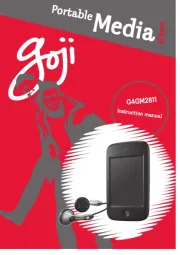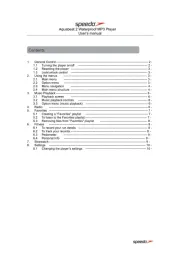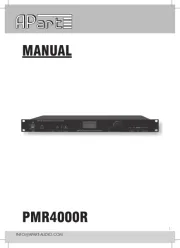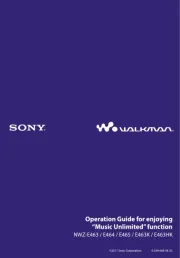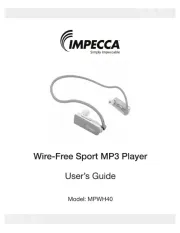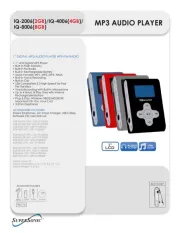Apple iPod iTunes Manual
Læs gratis den danske manual til Apple iPod iTunes (28 sider) i kategorien Mp3-afspiller. Denne vejledning er vurderet som hjælpsom af 23 personer og har en gennemsnitlig bedømmelse på 4.7 stjerner ud af 12 anmeldelser.
Har du et spørgsmål om Apple iPod iTunes, eller vil du spørge andre brugere om produktet?

Produkt Specifikationer
| Mærke: | Apple |
| Kategori: | Mp3-afspiller |
| Model: | iPod iTunes |
Har du brug for hjælp?
Hvis du har brug for hjælp til Apple iPod iTunes stil et spørgsmål nedenfor, og andre brugere vil svare dig
Mp3-afspiller Apple Manualer










Mp3-afspiller Manualer
- SPC
- Orava
- Konig Electronic
- Tesco
- Ultra
- Tevion
- Pyle
- TrekStor
- Ricatech
- Grundig
- Energy Sistem
- Bigben
- Eclipse
- Archos
- Sencor
Nyeste Mp3-afspiller Manualer
